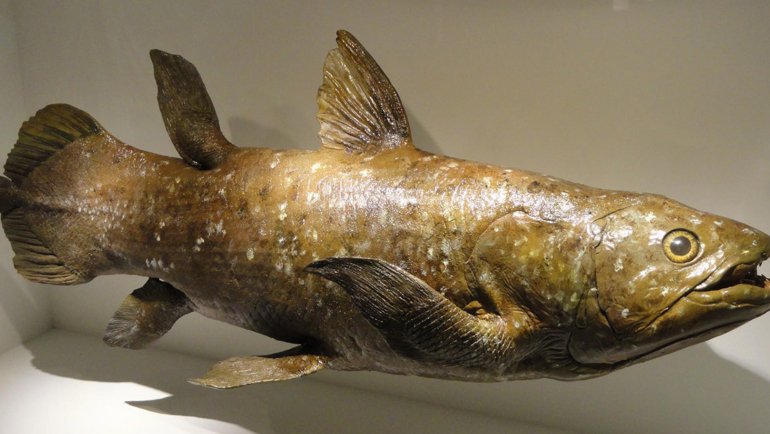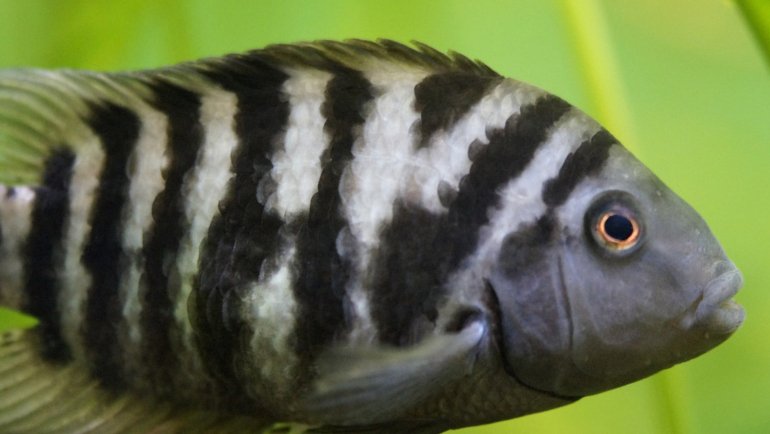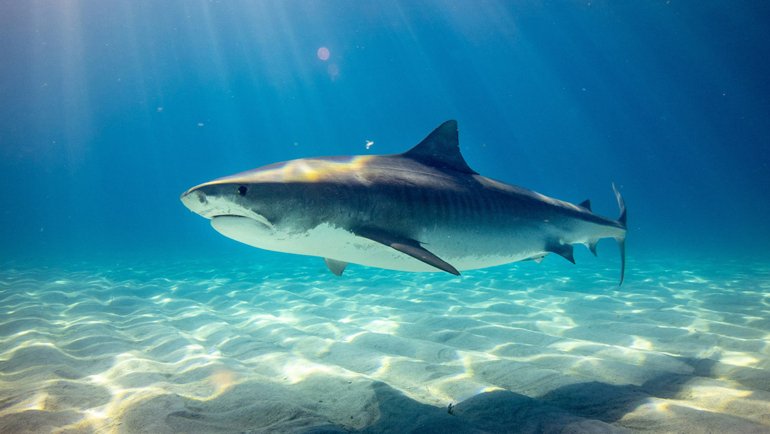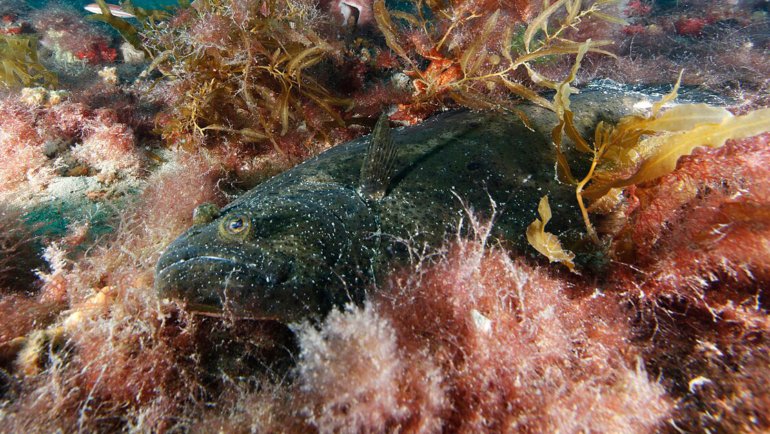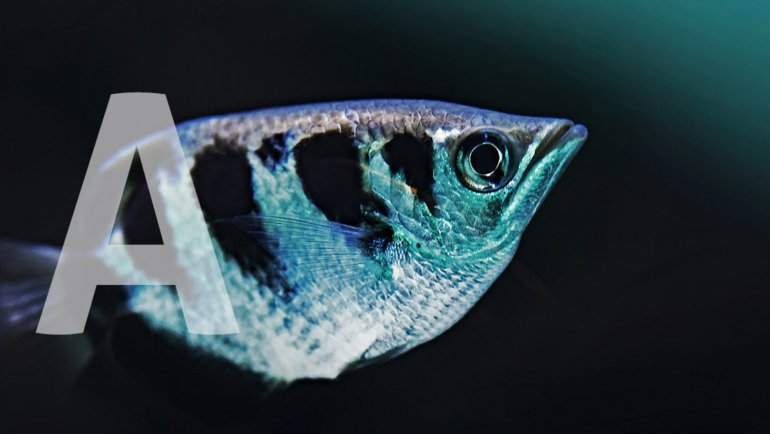Welcome to this comprehensive guide on one of the most versatile and fascinating predators of the marine world: the Bull Shark.
Unlike many other shark species that are restricted to saltwater habitats, the Bull Shark is unique in its ability to thrive in both saltwater and freshwater environments.
This article aims to provide an all-encompassing look into the life, behavior, and conservation status of this incredible creature.
The Bull Shark at a Glance
Classification
| Kingdom: | Animalia |
| Phylum: | Chordata |
| Class: | Chondrichthyes (Cartilaginous fish) |
| Order: | Carcharhiniformes |
| Family: | Carcharhinidae |
| Genus: | Carcharhinus |
| Species: | C. leucas |
Essential Information
| Average Size: | 7-11.5 feet (2.1-3.5 meters) |
| Average Weight: | 200-500 lbs (91-227 kg) |
| Average Lifespan: | 16-18 years |
| Geographical Range: | Worldwide in warm, shallow waters |
| Conservation Status: | Vulnerable (IUCN Red List) |
Species and Subspecies
The Bull Shark, scientifically known as Carcharhinus leucas, is primarily a singular species with no recognized subspecies. However, it is worth noting that some marine biologists are conducting studies to determine if there are, in fact, different populations that could be classified as subspecies based on their geographical distribution and genetic variations.
Given its wide range and habitat versatility, the Bull Shark shows some regional differences in size and behavior, but these are not substantial enough to warrant a separate classification at this time.

Description
Bull sharks are robust creatures with a broad, flat snout and stout build. The general coloration of the Bull Shark ranges from gray to gray-brown on the dorsal side, and it is usually lighter on the underbelly.
This coloration serves as a camouflage mechanism, making it hard for both prey and predators to see it as it swims above or below them. Their skin is notably thick and rough, almost like sandpaper.
The Bull Shark has an unusual physiology that allows it to adapt to various salinities, thanks to specialized kidneys and a salt-secreting gland. This feature enables it to move freely from saltwater to freshwater and vice versa.
Sexual dimorphism is present in Bull Sharks; females are generally larger than males. While adult males range from 7 to 9 feet in length (2.1 to 2.7 meters), females can reach lengths of up to 11.5 feet (3.5 meters). Adult Bull Sharks usually weigh between 200 and 500 pounds (91 to 227 kg).
Habitat and Distribution
Bull Sharks are highly adaptable and can be found in a wide variety of habitats. They are typically seen in shallow, warm ocean waters, but they can also venture into brackish waters and even freshwater systems such as rivers and lakes.
Their unique ability to survive in different water salinities allows them to be found in places as diverse as the Amazon River in South America, Lake Nicaragua in Central America, and the Mississippi River in the United States.
Despite being one of the most widely distributed sharks, they prefer coastal waters where the water temperature is above 70°F (21°C). Their global range extends from the U.S. East Coast to Brazil in the western Atlantic, and from Morocco to Angola in the eastern Atlantic. They are also found in the Indian Ocean, Pacific Ocean, and around Australia.
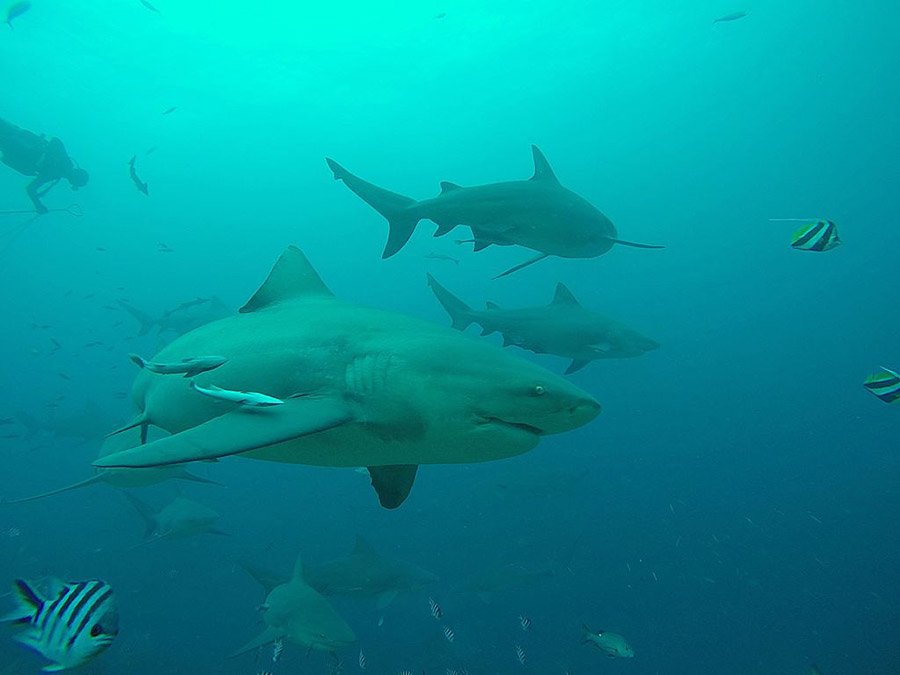 Source: Wikimedia Commons
Source: Wikimedia CommonsBehavior
Bull Sharks are predominantly diurnal creatures, meaning they are most active during the day. They are opportunistic predators and are known for their aggressive behavior, especially when threatened.
Unlike many other shark species that prefer deeper waters, Bull Sharks often roam in shallow areas, which unfortunately puts them in frequent contact with humans, leading to occasional attacks.
Socially, Bull Sharks are mostly solitary but are known to engage in loose social structures during mating seasons or feeding frenzies. Although they do not form tight-knit groups like some marine species, Bull Sharks are known to engage in a social hierarchy based on size and sex, with larger females typically dominating smaller males.
Communication among Bull Sharks is not well-studied but is believed to be mainly through body language, such as specific postures and movements to indicate submission or aggression. Vocal communication, as in many sharks, is absent, but they are very receptive to vibrations and electrical fields in the water, which they use for navigation and hunting.
Diet and Feeding Behavior
Bull Sharks are opportunistic predators with a varied diet. They are carnivorous and feed on a wide range of organisms, including fish, smaller sharks, rays, sea turtles, and even birds.
They have also been known to consume terrestrial mammals that enter their aquatic habitats. Bull Sharks have a unique hunting technique that involves swimming in a zigzag motion, enabling them to cover larger areas and increasing their chances of finding food.
While they can rely on their keen sense of smell to locate food, they also use their electroreceptors to detect the electrical fields emitted by potential prey.
This is especially helpful in murky waters where visibility is low. Bull Sharks often hunt in the shallows near the coast and river mouths, where various species congregate, offering a diverse menu.
Predators
Adult Bull Sharks have few natural predators, largely due to their size and aggressive nature. However, larger sharks such as the Great White Shark have been known to attack Bull Sharks. Juvenile Bull Sharks are at a higher risk and can fall prey to larger predatory fish, adult Bull Sharks, and even crocodiles in some regions.
Human activities, such as fishing and shark culling programs, pose significant threats to Bull Sharks, often more so than natural predators. They are commonly caught for their meat, skin, and fins, and are sometimes killed for safety measures near popular swimming beaches.
 Source: Wikimedia Commons
Source: Wikimedia CommonsReproduction and Life Cycle
Bull Sharks engage in viviparous reproduction, meaning they give live birth. After a gestation period of about 10 to 11 months, a female Bull Shark can give birth to a litter ranging from one to thirteen pups. The number of offspring often depends on the age and size of the mother.
Newborn Bull Sharks are usually about 2.6 feet (0.8 meters) in length and are born in shallow, brackish waters, which offer them some protection from predators. These nursery areas are typically located in estuaries, river mouths, and other inshore areas.
Young Bull Sharks are relatively independent from birth, receiving little to no parental care post-birth. They reach sexual maturity around the age of 15 years for males and 18 years for females.
Conservation and Threats
The Bull Shark is currently listed as “Vulnerable” by the International Union for Conservation of Nature (IUCN). They face threats mainly from overfishing, habitat degradation, and human activities like shark culling programs near popular beaches.
Fishing for the shark fin trade also poses a significant threat. Conservation efforts are still minimal for this species. However, some marine protected areas do exist where Bull Sharks can find a sanctuary from human activities.
There are no species-specific conservation programs in place at the moment, but general shark conservation programs often include Bull Sharks.
Fun Facts
- Freshwater Living: Bull Sharks are one of the very few shark species that can tolerate freshwater and even swim up rivers. They have been found thousands of miles inland.
- Global Presence: They are one of the most widely distributed shark species, found in oceans, seas, and even rivers across the globe.
- Strong Bite: The Bull Shark is known to have one of the strongest bites among all fish species, exerting a force up to 1,300 pounds per square inch (psi).
- Size Matters: Female Bull Sharks are generally larger than their male counterparts, a characteristic not common to all shark species.
- Survival Instinct: Bull Sharks can survive in water with very low oxygen levels, giving them a competitive advantage in different environments.
Frequently Asked Questions
Is the Bull Shark more dangerous to humans than other shark species?
While Bull Sharks are responsible for a significant number of shark attacks on humans, it’s essential to note that the risk is relatively low. Their presence in shallow, populated areas makes encounters more likely, but not necessarily more dangerous in terms of behavior compared to other sharks.
Why can Bull Sharks live in freshwater?
Bull Sharks have specialized kidneys that can sense the change in salinity of the water they are in, allowing them to balance their internal saltwater concentration accordingly.
How big can Bull Sharks get?
Adult Bull Sharks can grow up to 11 feet (3.5 meters) and weigh up to 500 pounds (227 kilograms), although the average is smaller, particularly for males.
What do Bull Sharks eat?
They have a varied diet that can include fish, smaller sharks, rays, sea turtles, and even birds and terrestrial mammals.
Are Bull Sharks endangered?
As of now, Bull Sharks are listed as “Vulnerable” by the IUCN. They are at risk due to overfishing and habitat degradation.

